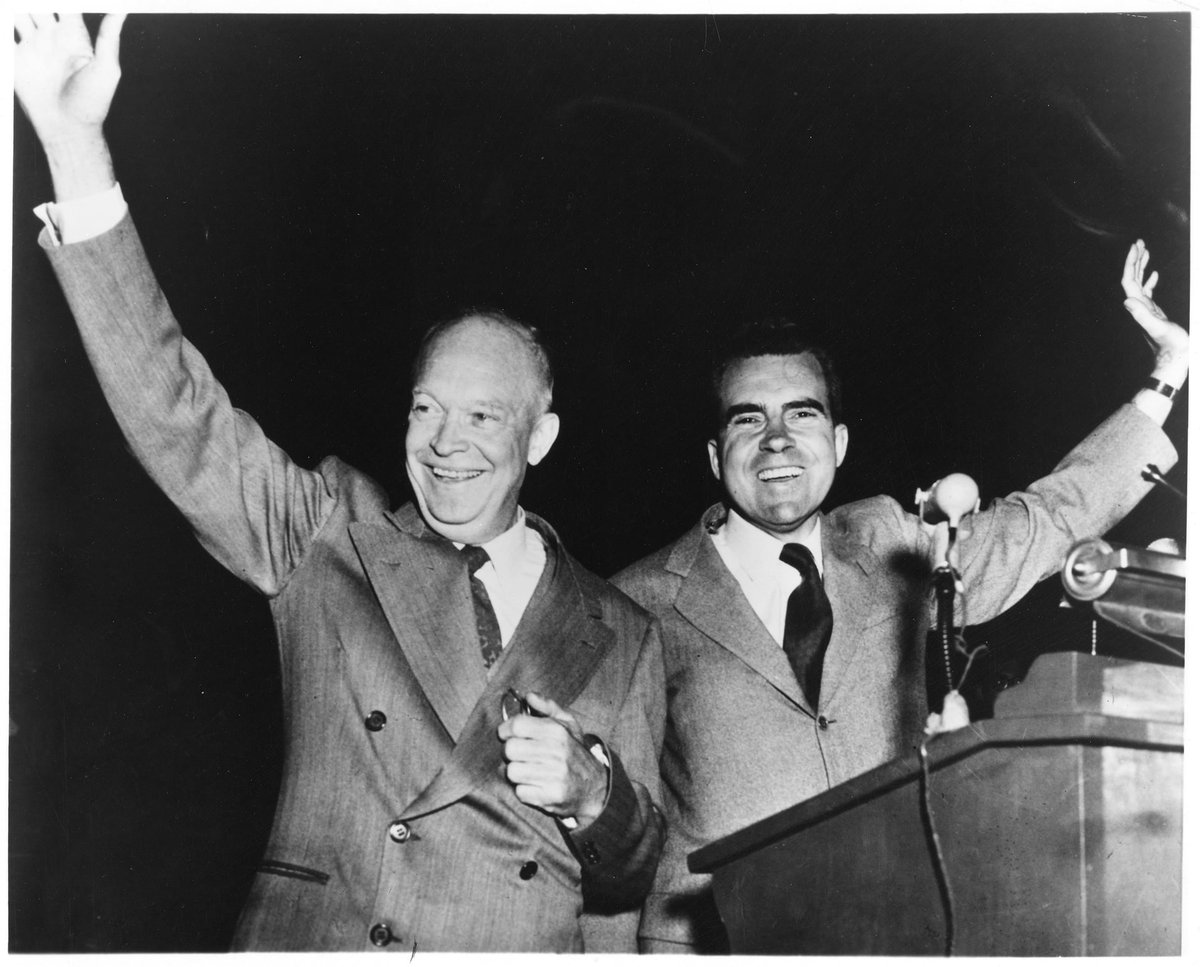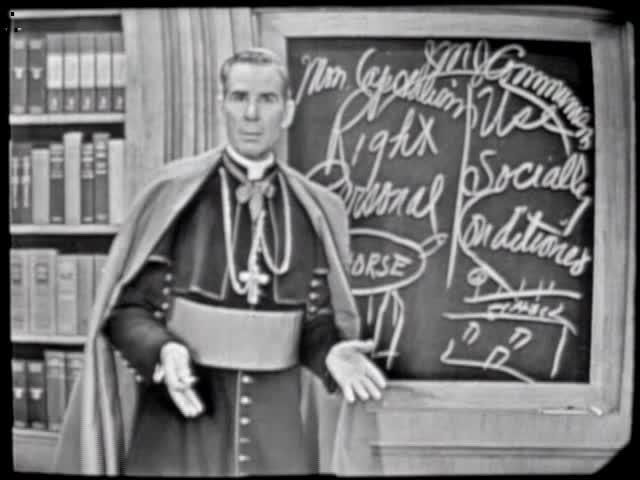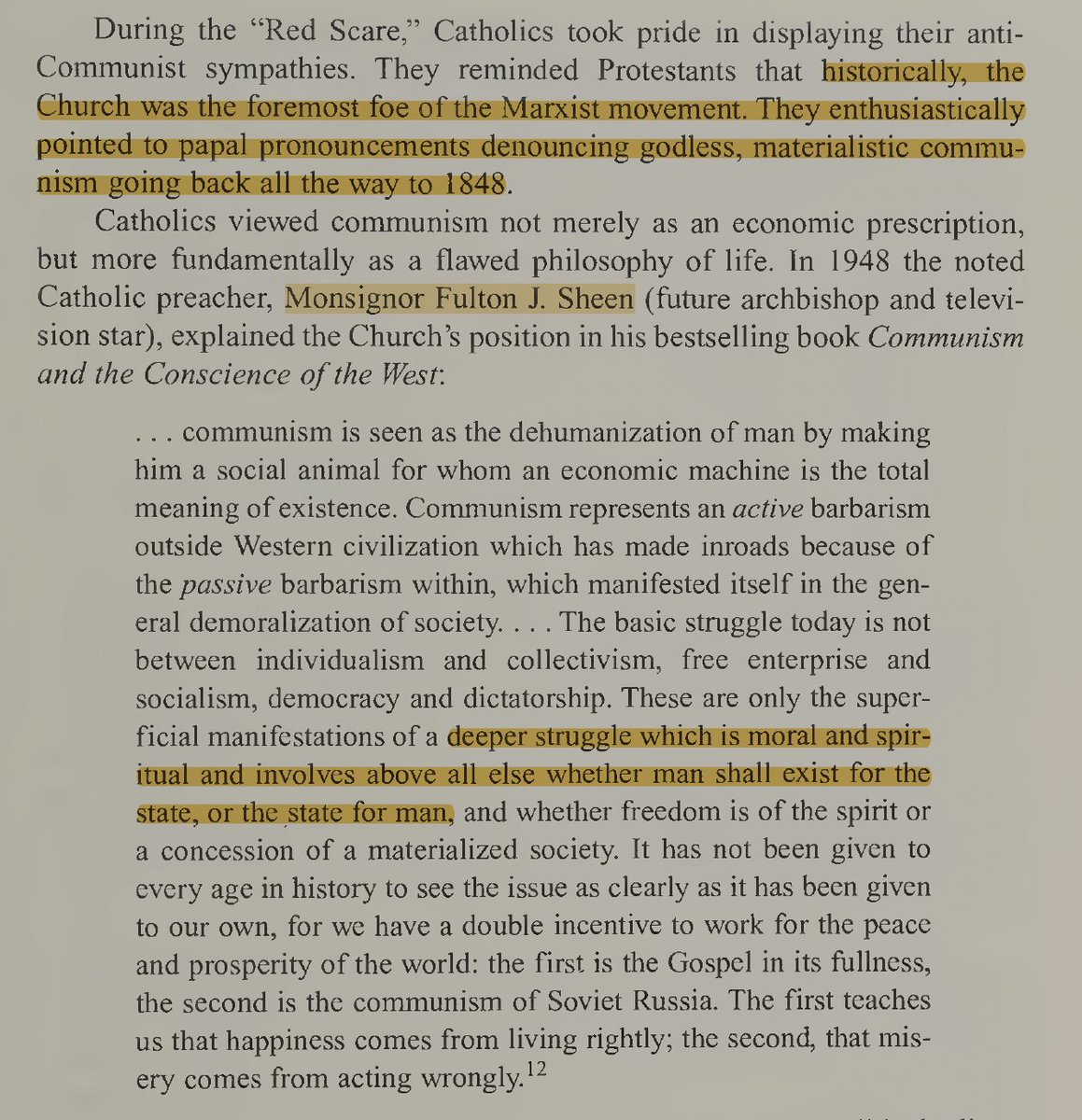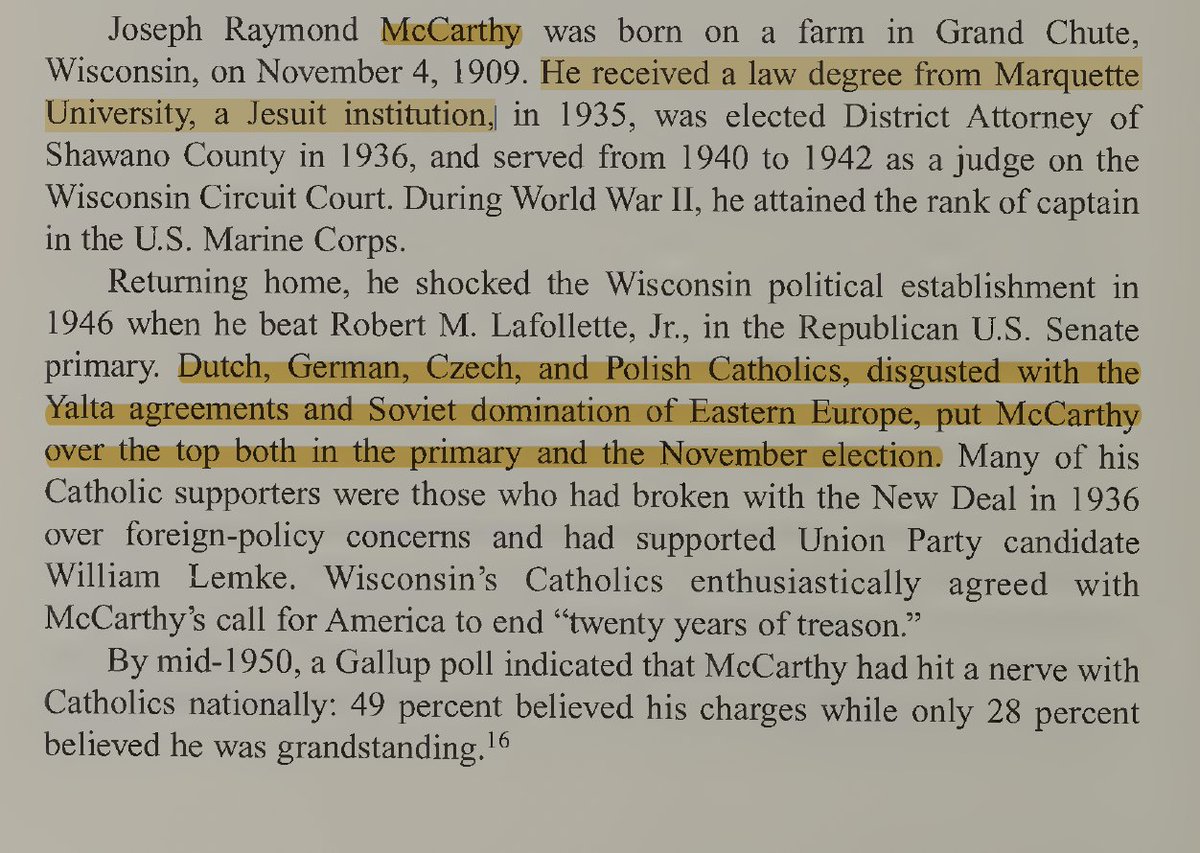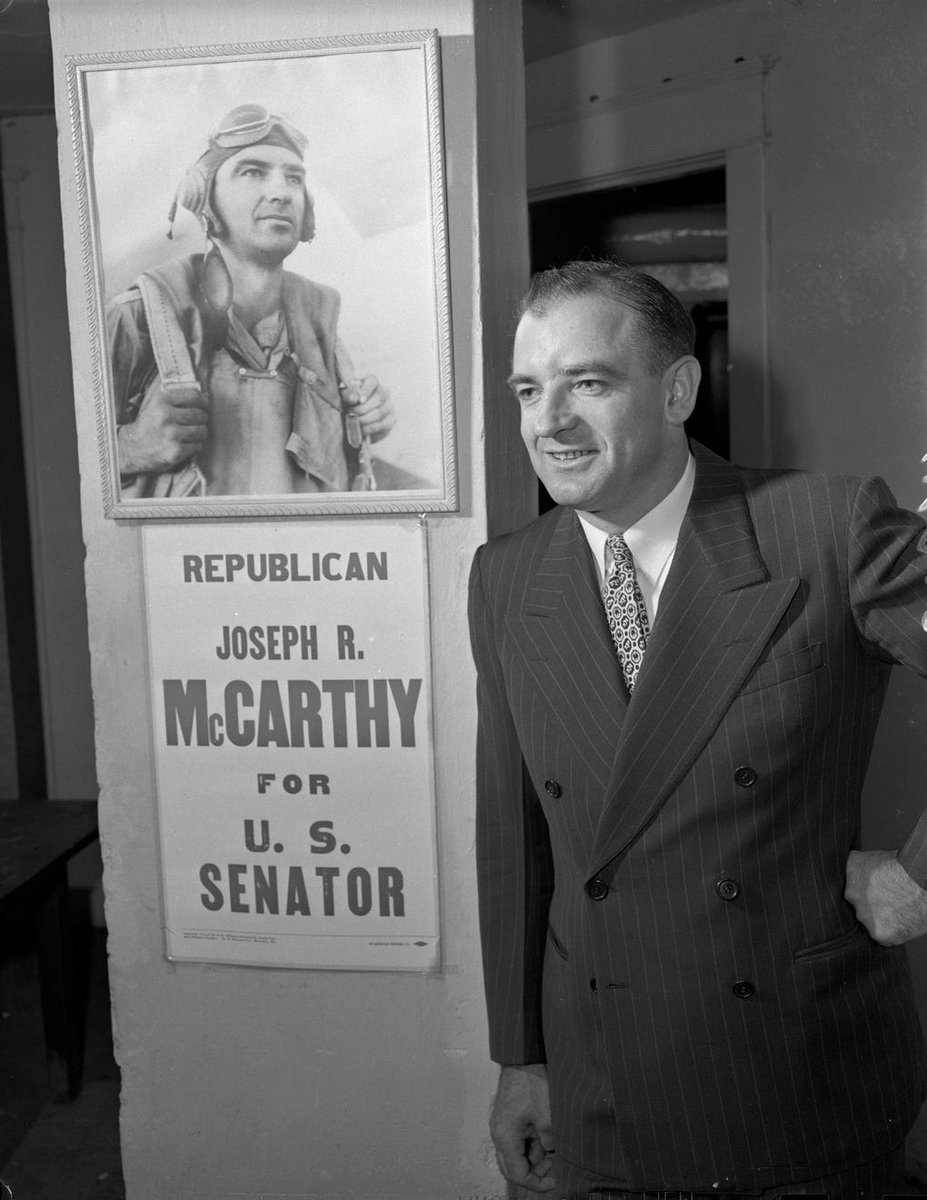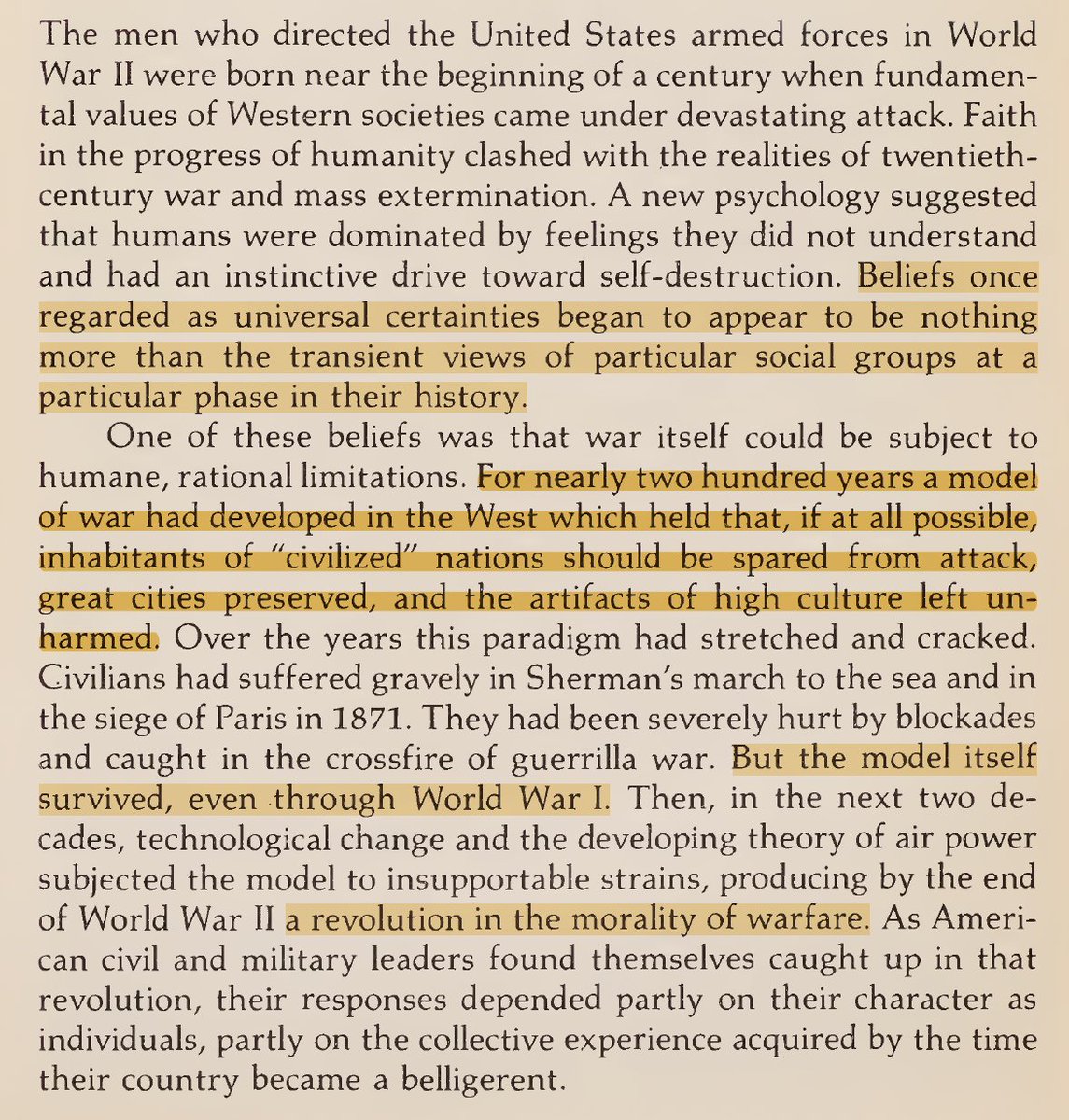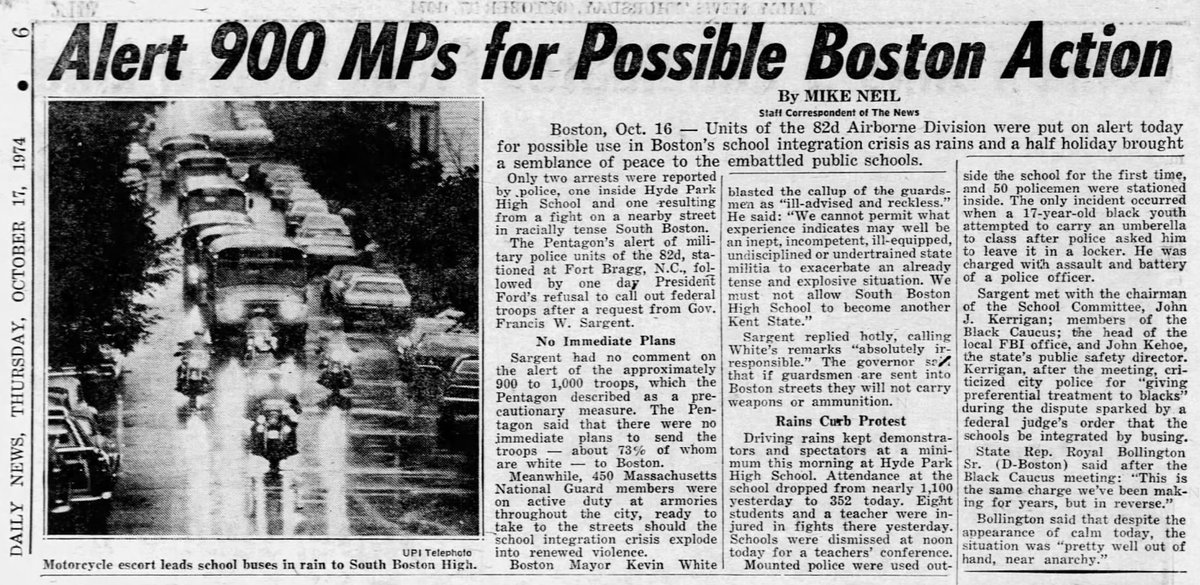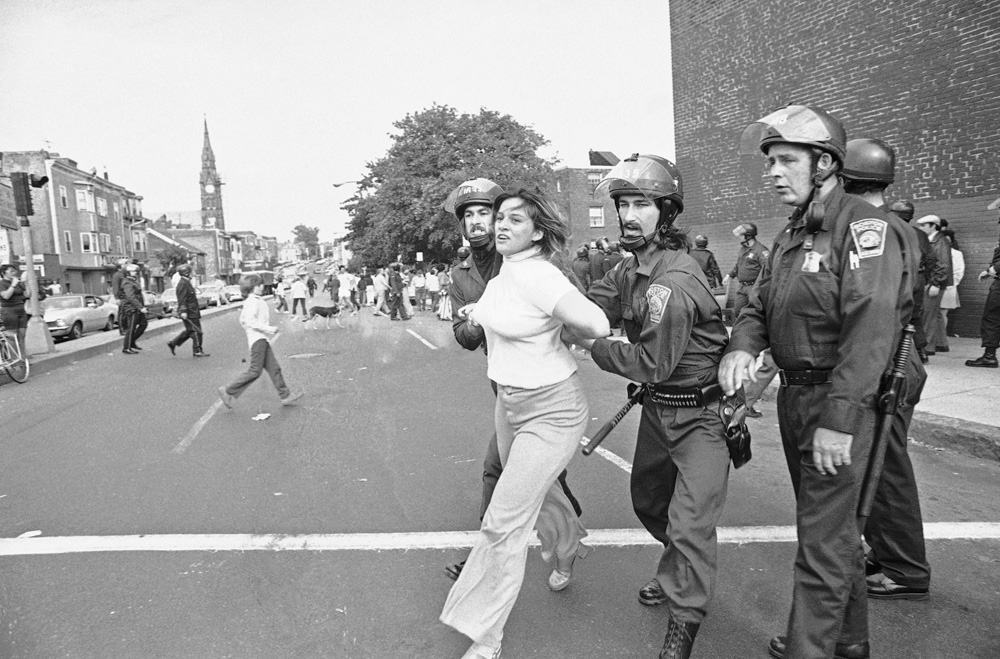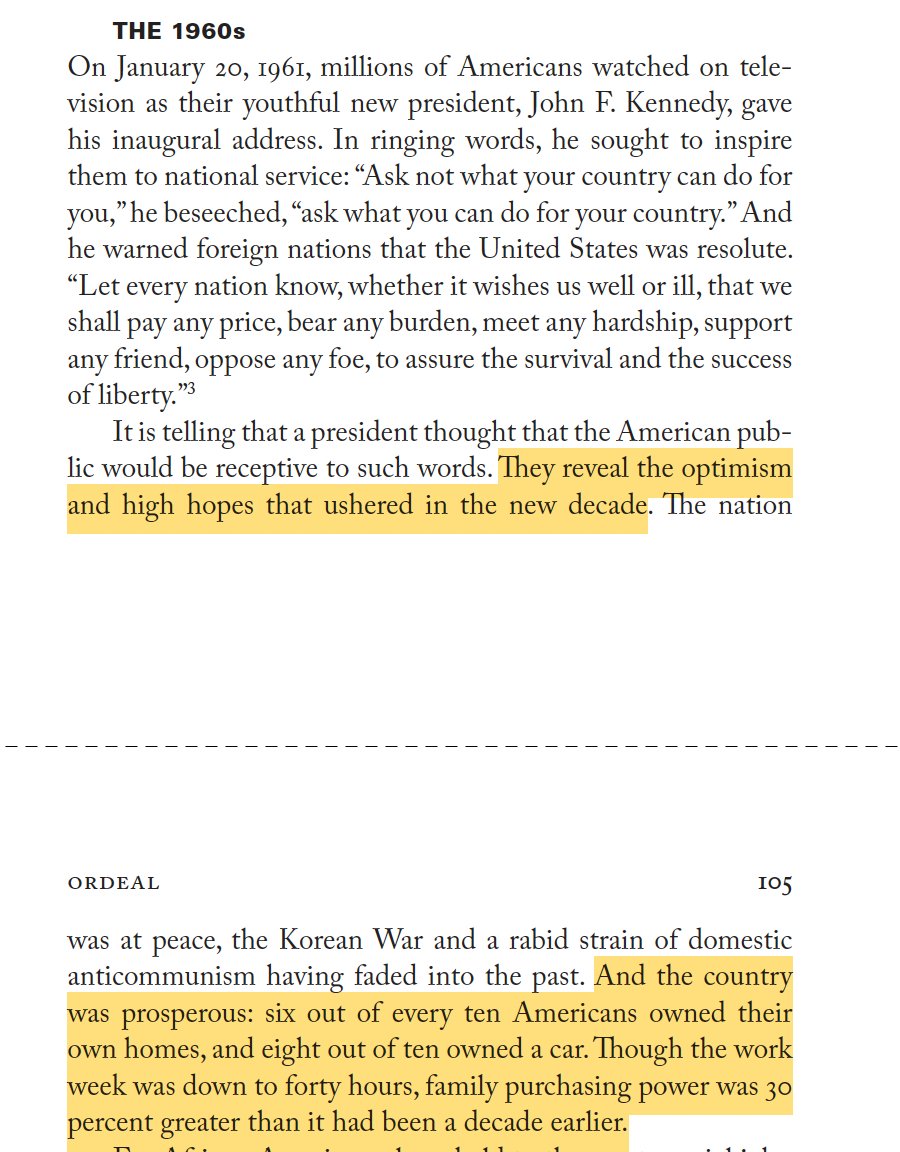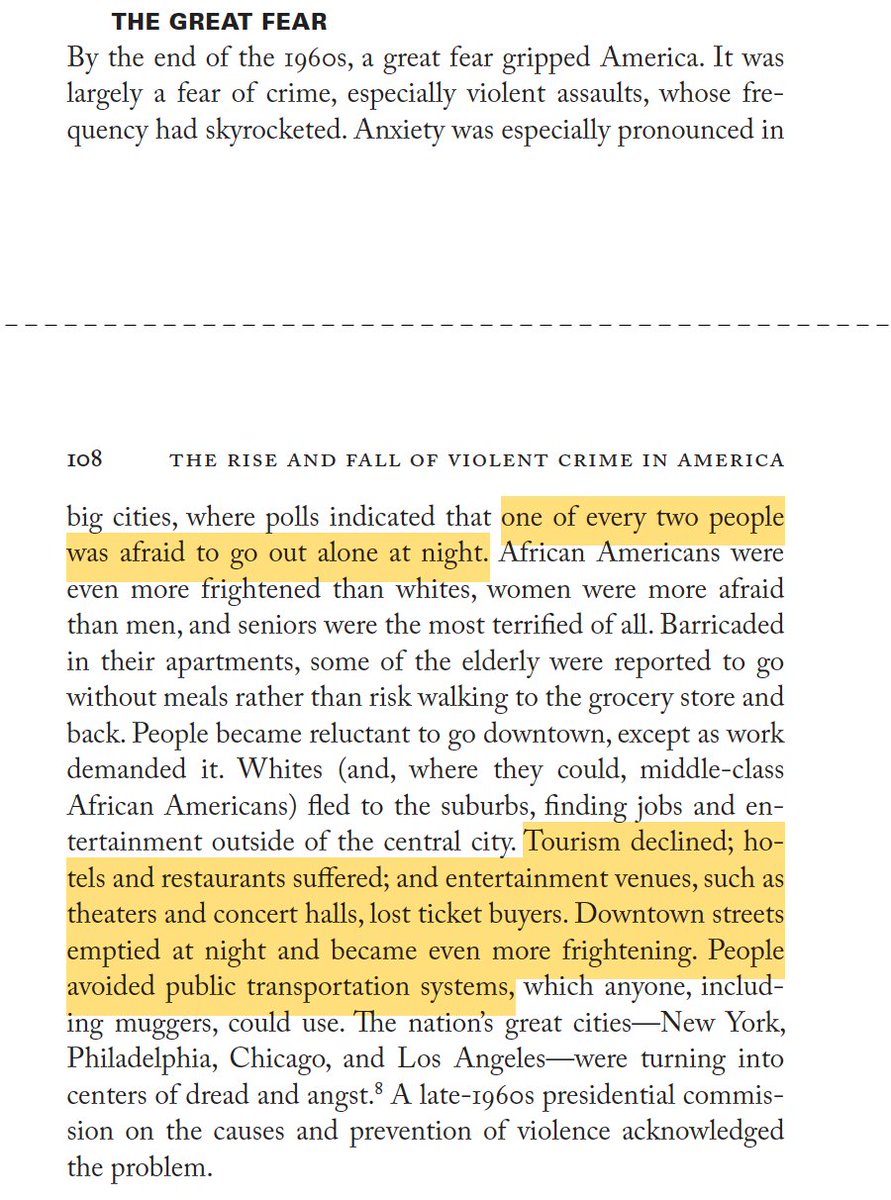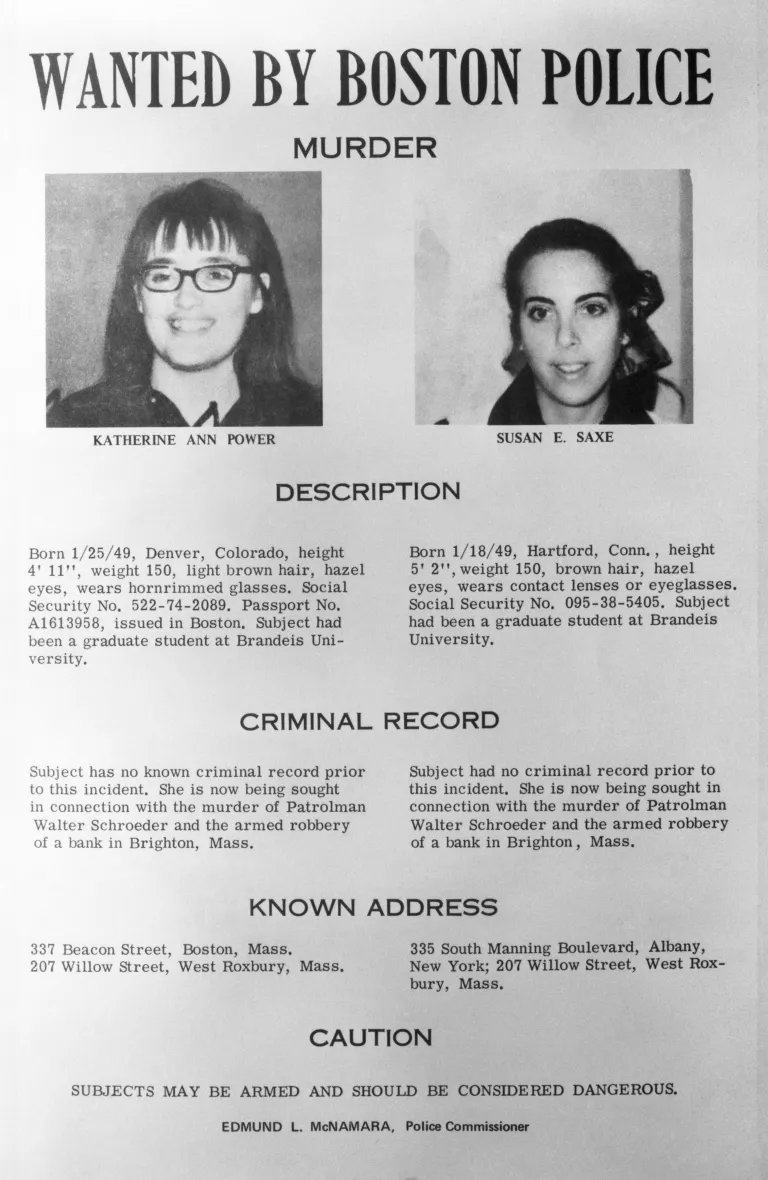Part II - Black-Jewish conflict in Boston as neighborhoods transitioned in the late 1960s. In April of 1968 Black radicals threatened to burn down the once-stately Mishkan Tefila temple complex unless it was turned over to the “Black community” free of charge.🧵




By the 1950s, most wealthy Jews had abandoned Boston for the suburbs, and the temple had been purchased by a Lubavitcher sect, who lacked funds to maintain it. They soon found themselves under siege in a neighborhood that was now overwhelmingly Black and increasingly hostile.




Some Jewish leaders hatched a plan to transfer the deteriorating temple complex to a Black community group led by Elma Lewis - hoping this might improve the increasingly strained relations between Boston’s Blacks and Jews.



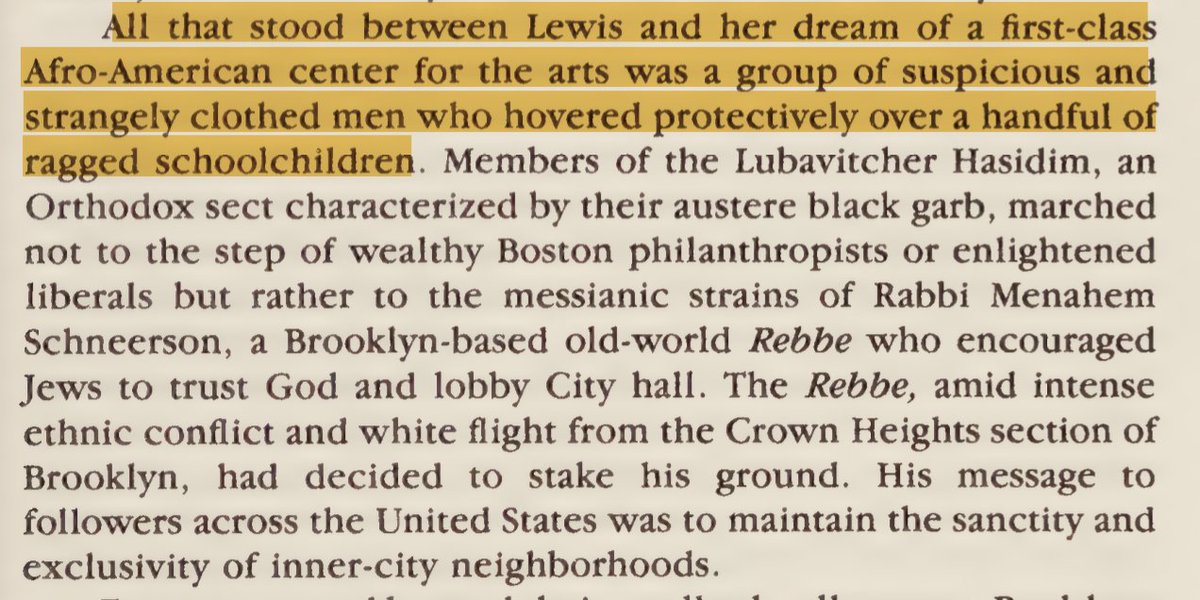


Jewish leaders suggested Lewis try fund-raising in the Black community to help with the purchase of the temple. The timing was awkward, as Black militants were now calling for reparations from Jews to Blacks. Jews were shocked by hits development.




While the Lubavitchers lacked enough funds to move, or even to properly maintain the temple, tensions continued to rise. As they were being pressured by the Lewis and Black community - by a strange coincidence - mysterious fires started to break out in the complex. 
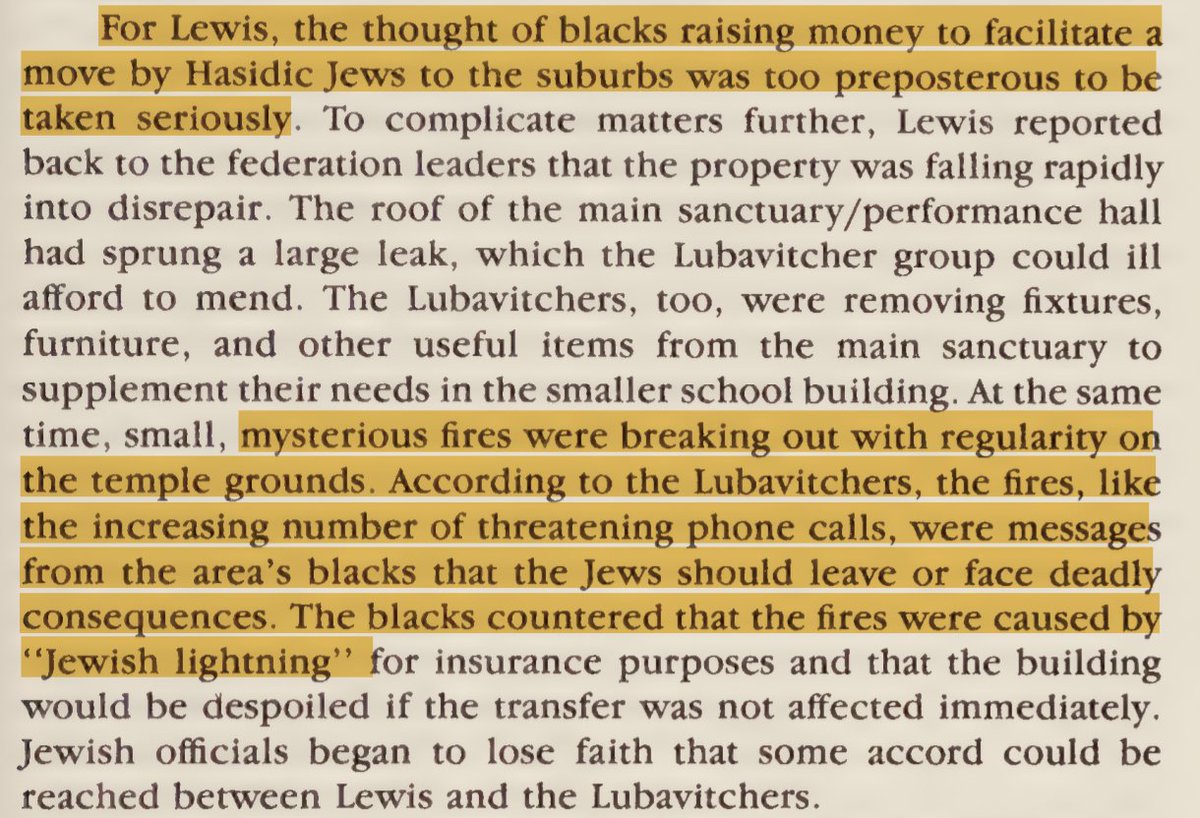
Following the MLK assassination and riots, and with the arrival of the Black Panthers in the area, the threats of arson became more explicit. Jewish leaders in Boston were disturbed that threats and accusations were coming from the “Left” - student radicals and Black militants.






Hoping to repair relations, a Jewish charitable organization decided to buy-out the temple and donate it to a Black community group. They asked Elma Lewis about making a token contribution. She was outraged by the mere suggestion – “You owe it to us. And were not paying a dime.” 
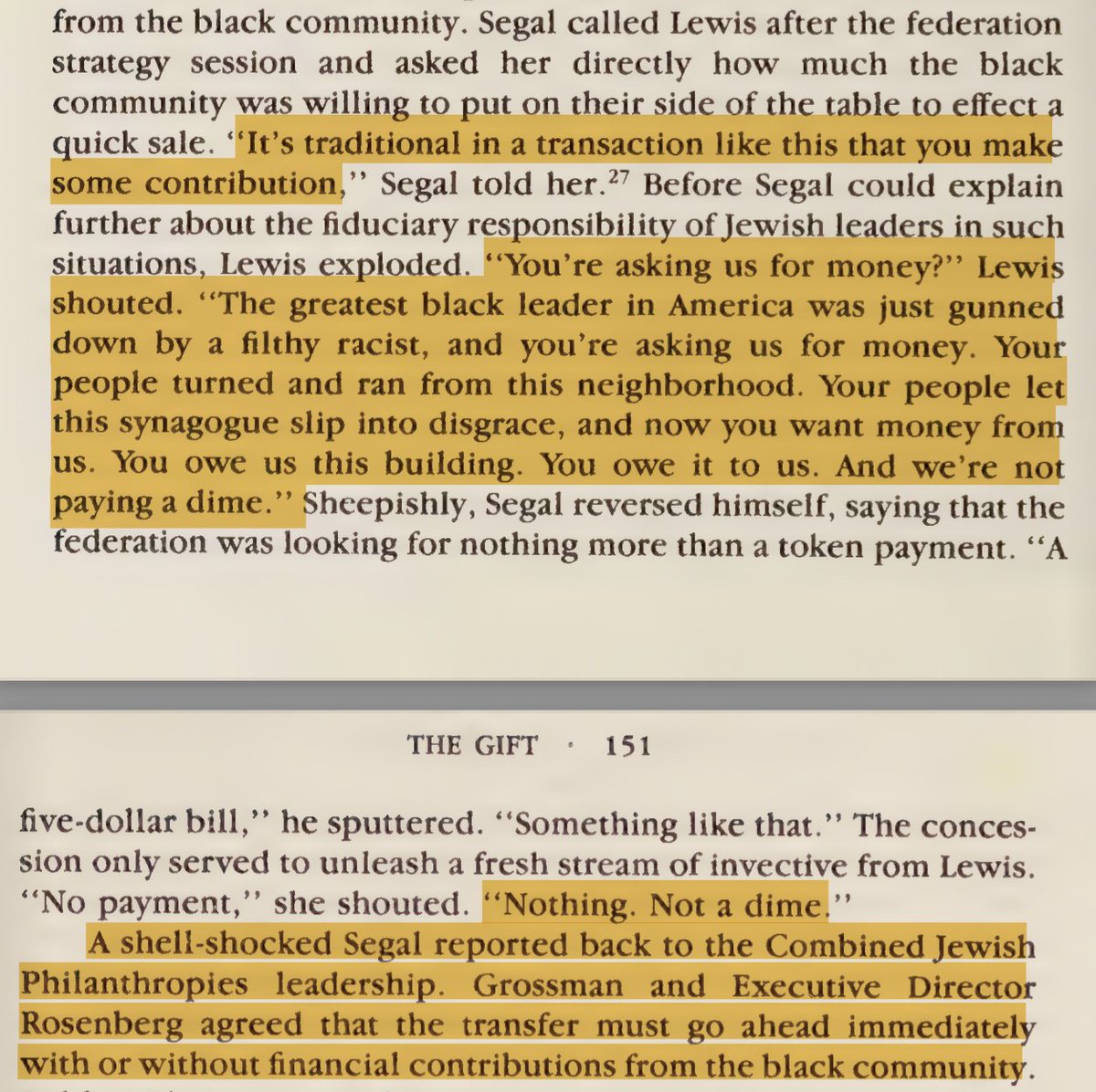
Accusations that Lewis was connected with the incitement and arson were never substantiated, but would result in years of lawsuits.




The donation of the Temple succeeded in generating positive publicity. But the problems of the racial transformation of the formerly Jewish neighborhoods continued. 

Meanwhile, Sylvia Rothchild, a young Jewish writer living in a comfortable Boston suburb, became passionately involved with the Fund for United Negro Development (FUND) a charity that aimed to raise millions for Boston’s Black community. 

But relations with Black activists were rocky - The FUND held a breakfast seminar with a militant Black speaker. He rambled and ranted. It did not go over well - “‘Don’t call me whitey … I resent being called whitey as much as you resent being called n____.’’ 

On another occasion a Black radical subjected Rothchild to a “particularly vituperative harangue at a FUND meeting.” Later, he called her and asked for help with grammar and spelling for a paper he was distributing to a black student group. 

FUND tried to organize seminars where Black speakers were paid fees simply to sit around and talk to potential contributors. "Invariably, the black speakers came at least an hour late, leaving Rothchild and other FUND members sitting in their cars outside the locked storefronts." 

The forums degenerated into Black rage sessions - A Black Panther told Rothchild that "whites were hopeless because they lacked love and compassion, spent their time listening to operas that invariably ended in mass stabbings, and waited in line to see movies about homosexuals." 

Black ranting made Rothchild recall "the irrational views of goyyim shared by many of her parents’ generation—eating pork turned humans into pigs ... and only Jews were capable of compassion and love. Now she was being told that blacks alone possessed positive character traits." 

The FUND continued to throw money around the Black community. But middle-class Jews who still lived in the city did not appreciate FUND activities: “Last night they broke into my husband’s pharmacy, the people you help. … What’s the matter with you people in the suburbs?” 

• • •
Missing some Tweet in this thread? You can try to
force a refresh



